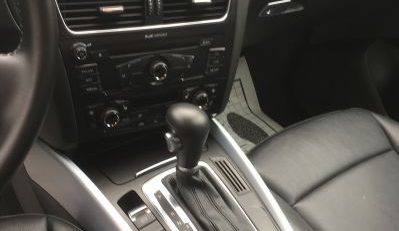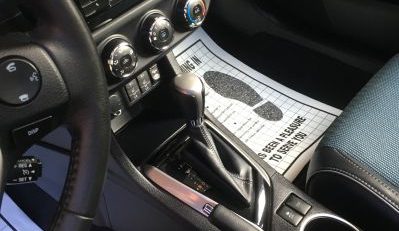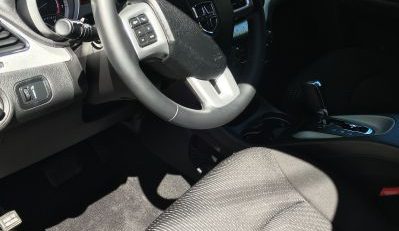How to Seal Your Car’s Tires
It was the summer of ’89…
I was cruising down a dusty country road in my ’67 Chevy Camaro, a tangible testament to the countless hours spent on car detailing and applying ceramic coating to preserve its classic charm. The ’67 Camaro, with its slick paint protection film (ppf), was more than just a car to me; it was a prized possession, an embodiment of the freedom and adventure that the open road promised. But, as fate would have it, a sudden puncture in the middle of nowhere brought my joyride to an abrupt halt. That’s when I learned the importance of knowing how to seal car tires myself.
The Upsides of Sealing Your Car’s Tires
So, why should you bother with the seemingly complex task of sealing car tires DIY? Here are a few compelling reasons:
- Improved Durability and Lifespan: Regularly sealing your car’s tires can significantly enhance their longevity. It creates an additional protective layer that shields the tires from punctures and other common wear and tear.
- Enhanced Performance: Properly sealed tires can dramatically improve your car’s performance. They ensure optimal tire pressure, which leads to better fuel efficiency, smoother rides, and a safer driving experience.
- Cost Savings: With sealed tires, you’ll spend less on frequent tire replacements and repairs. Plus, the improved gas mileage is a nice bonus.
Knowing When to Seal Your Tires
Understanding when to seal your car tires is as crucial as knowing how to do it. Here are a few instances when your tires might need some TLC:
- Preemptive Maintenance: One of the best practices in car tire maintenance is to regularly seal your tires even before any issues arise. This proactive approach can help prolong your tires’ lifespan and maintain their performance.
- After a Puncture: If you’ve had the misfortune of driving over a nail or any sharp object, sealing the tire can be an effective temporary fix until you can get to a professional. Remember, this isn’t a long-term solution, but it can certainly get you out of a tight spot.
- Tire Aging: As your tires age, they become more susceptible to leaks and punctures. By periodically sealing them, you can mitigate these risks and keep your tires in top shape for longer.
Looking back, that summer of ’89 was a turning point for me. The unexpected flat tire was a wake-up call, highlighting the importance of understanding my car, its needs, and how to attend to them. Today, equipped with the knowledge of how to seal car tires, I am confident in handling minor tire issues myself. And when it’s beyond my DIY skills, I know enough to ensure that my mechanic is doing right by my cherished Camaro. So, seal those tires, folks, and keep the good times rolling!
Tools Required for Sealing Car Tires
When it comes to sealing car tires, having the right tools at your disposal is crucial. This process requires three main tools:
Tire Sealant: This is the primary ingredient required for sealing a tire. Tire sealants are chemical solutions designed to plug any leaks or punctures in a tire. They’re typically sold in pressurized cans and come with an application hose.
Air Compressor: Once the tire sealant has been applied, an air compressor is essential to re-inflate the tire. Portable air compressors are a great option as they are compact, easy to store, and can be powered by your car’s battery.
Rag and Cleaner: Lastly, a rag and cleaner are needed to clean the area around the puncture before applying the sealant. This ensures that the sealant adheres properly to the tire.
A Step-by-Step Guide to Sealing Your Car’s Tires
Prepare Your Workspace: Begin by preparing your workspace. Ensure you have a flat, stable surface to work on and that all your tools are within reach.
Identify and Mark Punctures: Next, identify where the tire is punctured. This can be done by visually inspecting the tire or by spraying it with soapy water and looking for bubbles. Once identified, mark the puncture spot with a chalk or marker.
Apply the Sealant: Now, it’s time to apply the tire sealant. Attach the application hose to the puncture and release the sealant into the tire. Follow the manufacturer’s instructions to ensure proper application.
Inflate the Tire: With the sealant applied, use your air compressor to inflate the tire to its recommended pressure.
Clean Up and Monitor the Tire: Clean the tire and check the tire pressure periodically to ensure the sealant is holding.
Safety Precautions During Tires Sealing
Keeping the Workspace Clean: A clean workspace is a safe workspace. Keep your area free of clutter and debris to avoid accidents.
Using Appropriate Gear: Safety gear is crucial. Wear gloves to protect your hands and safety glasses to shield your eyes from any potential sealant splashes.
Proper Handling of Tools and Chemicals: Handle all tools and chemicals with care. Follow the manufacturer’s instructions when using sealants and ensure all tools are used correctly.
Indications of Properly Sealed Tires
No Air Leakage: If the tire maintains its pressure over time, it’s a good sign that the tire is properly sealed.
Firmness to Base Pressure: A properly sealed tire should feel firm and maintain its shape under the vehicle’s weight.
Absence of Bubbles When Submerged in Water: Another way to check if a tire is properly sealed is to submerge it in water. If no bubbles emerge, the tire is sealed correctly.










